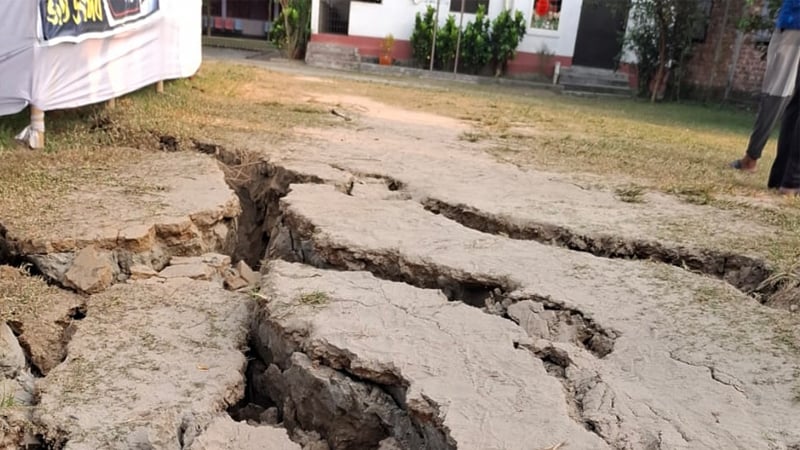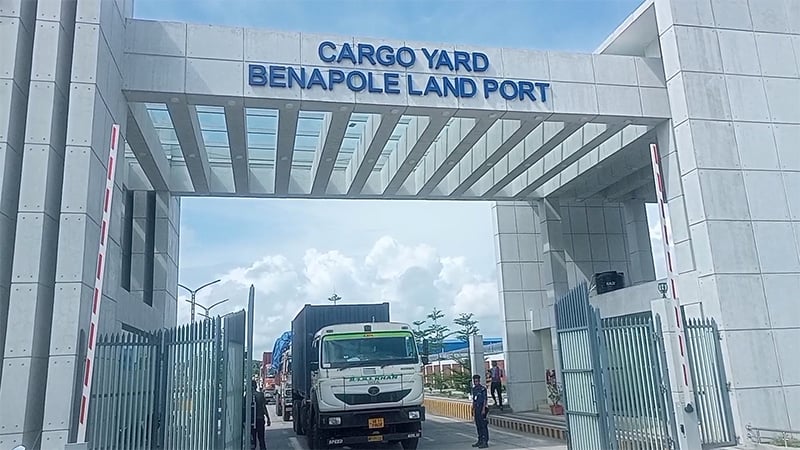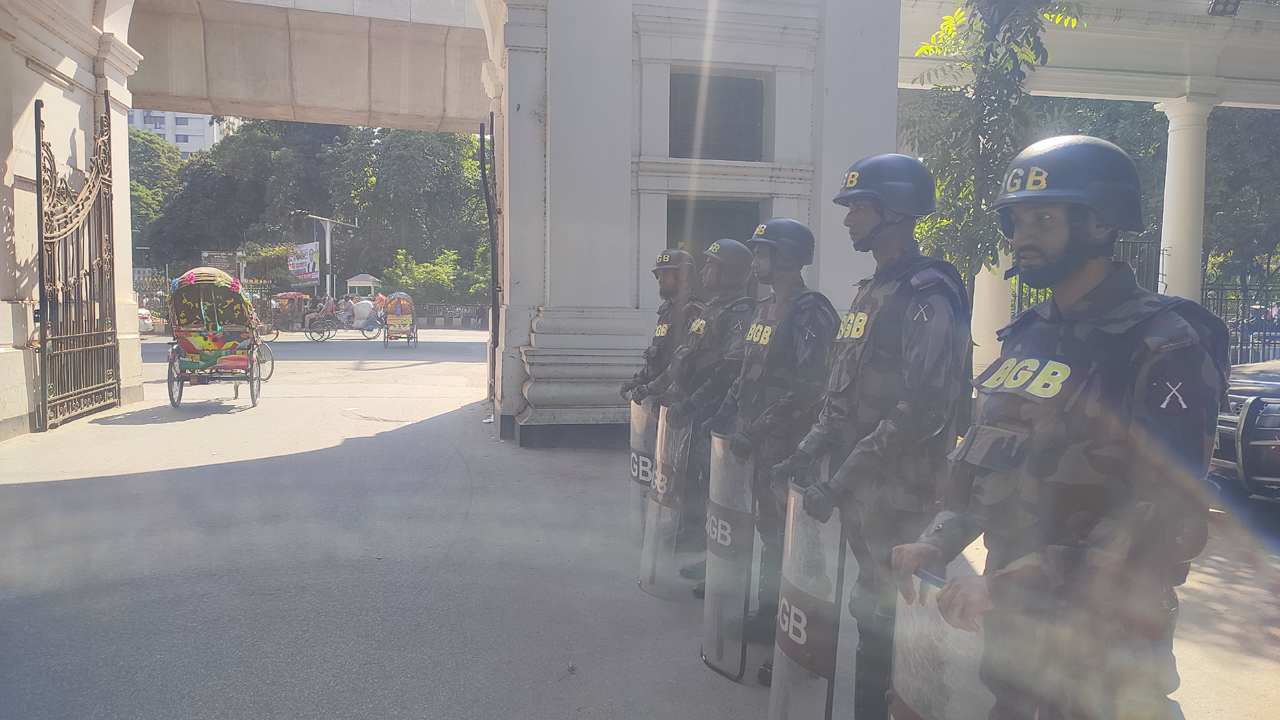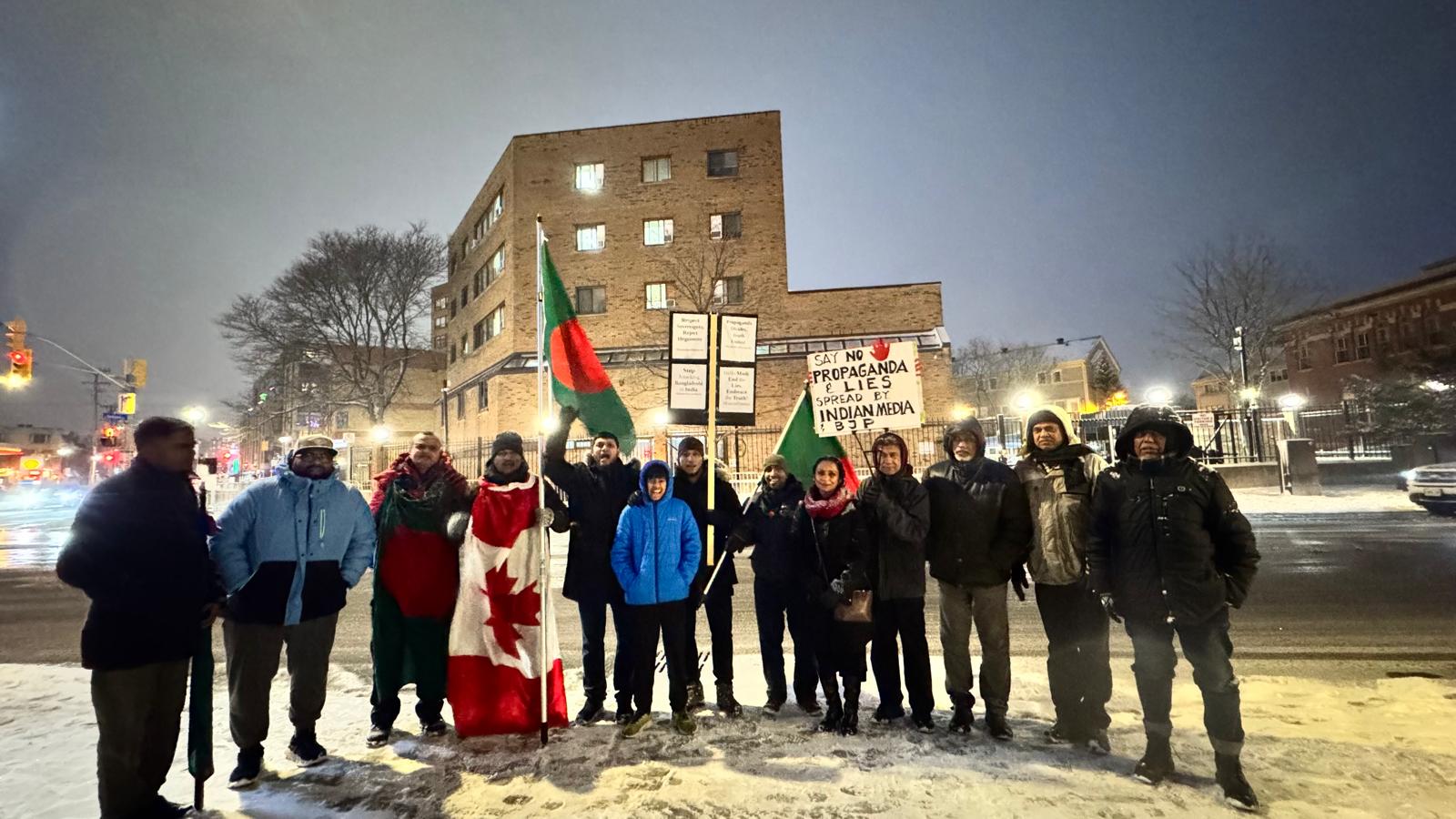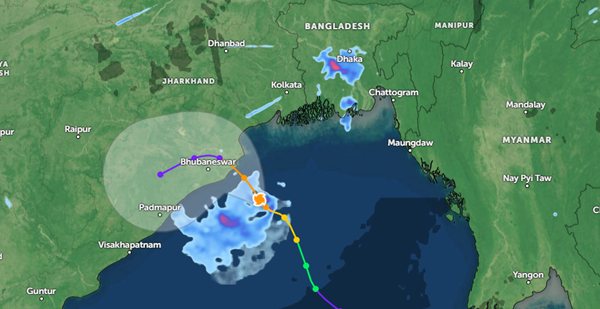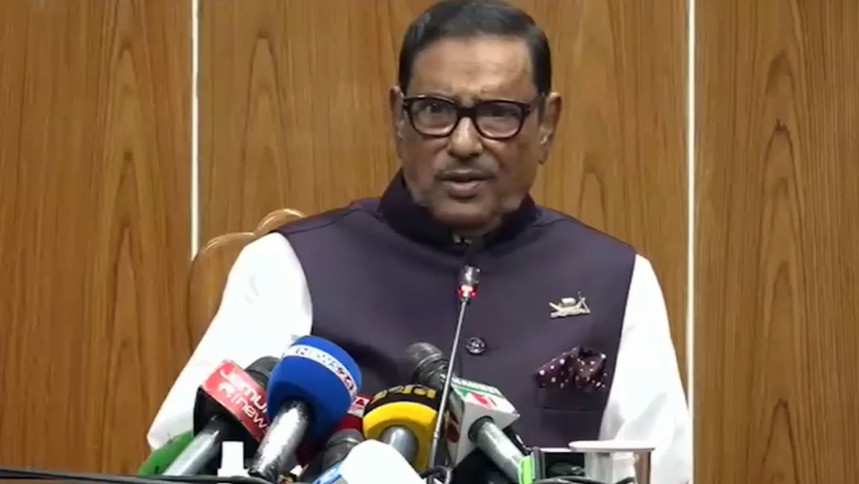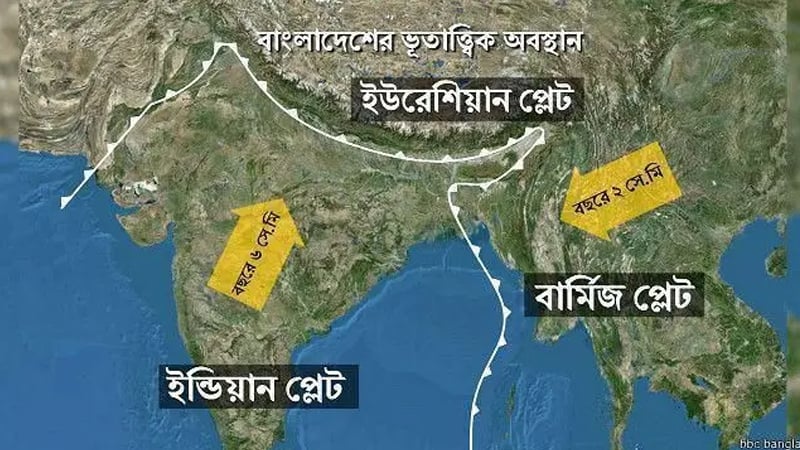
A strong earthquake was felt in various parts of the country, including the capital Dhaka. The earthquake was felt at 10:38 am, Friday. Its magnitude was 5.7. The earthquake lasted 26 seconds.
The Meteorological Department said the earthquake originated in Madhavadi, Narsingdi. Its magnitude was 5.7.
Earlier, on January 7, the earthquake that was felt across the country was centered in the city of Shigetse in Tibet. The distance from there to Dhaka is 618 kilometers.
An earthquake was also felt in Bangladesh on January 3 of the same month. However, it was of moderate magnitude, not as intense as today. The earthquake that occurred earlier this year was also located outside Bangladesh.
The earthquake, measuring 5 on the Richter scale, was centered in the Homalin area of Myanmar, 482 kilometers from Dhaka.
Referring to Bangladesh as an earthquake-prone region, meteorologist Farzana Sultana said, "Bangladesh is located at the junction of three plates - Indian, Eurasian, and Burma - and there are major faults inside and outside Bangladesh."
He said that the Earth's surface is made up of separate bits or plate tectonics, which float on the soft material below. There are seven such large plates and countless smaller sub-plates in the entire world. When these move or start moving or pushing against each other, elastic energy starts to accumulate in the geology.
Meteorologist Farzana Sultana further said, "When the stored energy exceeds the capacity of the rock, that energy comes out through an existing or new crack. Then, vibrations are created on the surface of the earth, which is an earthquake."
The places where one plate comes close to another plate and collides or is pushed or a crack is formed are called fault lines, said Farzana Sultana. She said that one of the sources of earthquakes in Bangladesh is the Dawki Fault, which extends from Sherpur to Jaflong and Karimganj in India. For these reasons, Bangladesh is very earthquake-prone.
Meteorologist Farzana Sultana said, Bangladesh, Myanmar, China, India, and Nepal are located around those three fault lines. Therefore, we feel a magnitude 5 earthquake in Myanmar. And if there is a magnitude 7 earthquake there, then there is a possibility of that impact on us. And if there is a large earthquake in India or Nepal, the possibility is even greater.
He further said, "Our country is not earthquake-prone like Japan. We are a moderately earthquake-prone country. But, we are not prepared accordingly. Our building codes are not followed."




